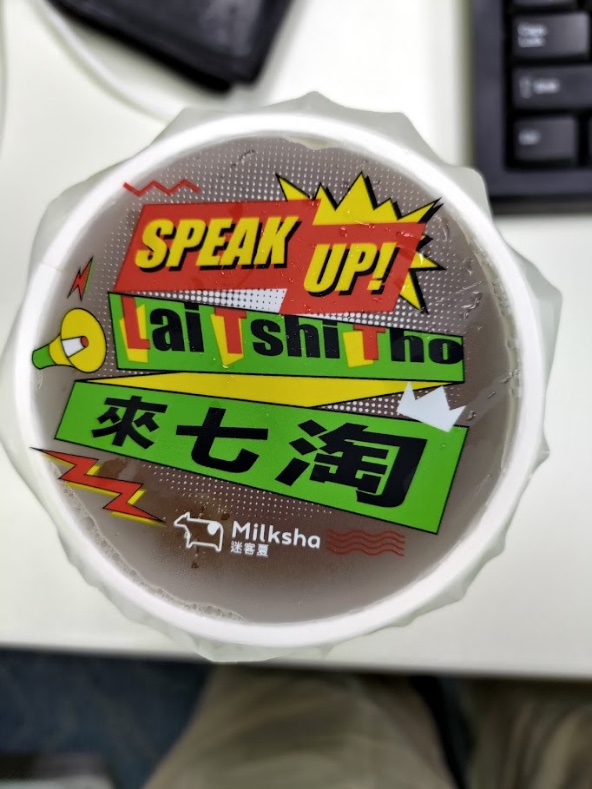Food-related and other types of slang in Japanese
New article in The Japan Times (9/9/22) by Jennifer O'Donnell:
"The study of Japanese slang is challenging and never stops. Luckily, it’s also a lot of fun."
Inspired by Wes Robertson’s slang-focused “Scripting Japan” blog, it deals with terms like "Ore shafu da ne wwww おれ社不だねwwww”.
The four w’s you might be able to recognize as the Japanese equivalent to “LOL.” おれ (Ore) means “I,” だね (da ne) is looking for agreement … but what’s 社不 (shafu)?
Well, if you follow Wes Robertson’s slang-focused “Scripting Japan” blog, you’ll know that 社不 is a relatively recent term — more comically self-depreciating than insulting — that refers to someone who is 不適合 (futekigō, incompatible) with 社会 (shakai, society).
Read the rest of this entry »


